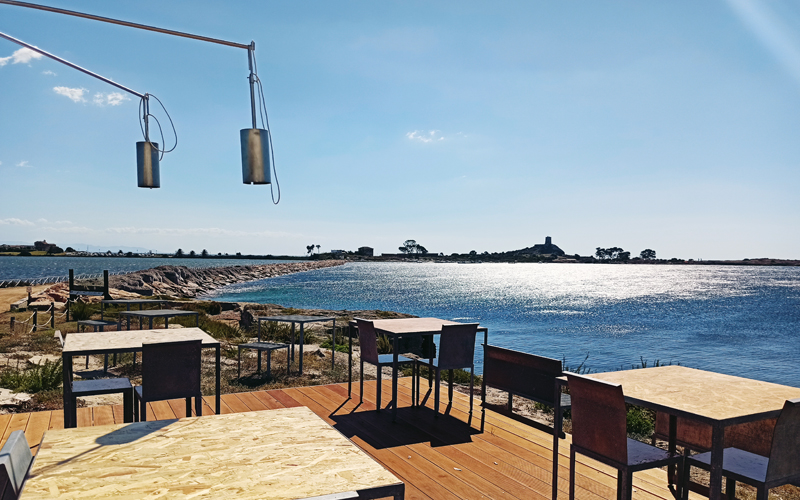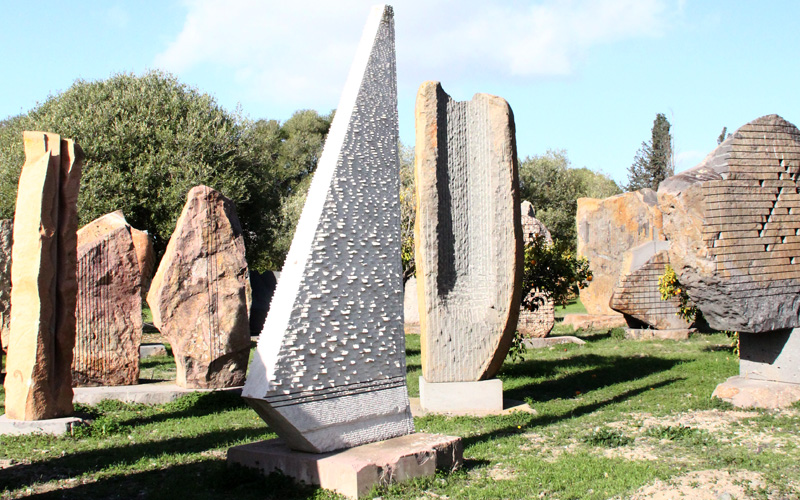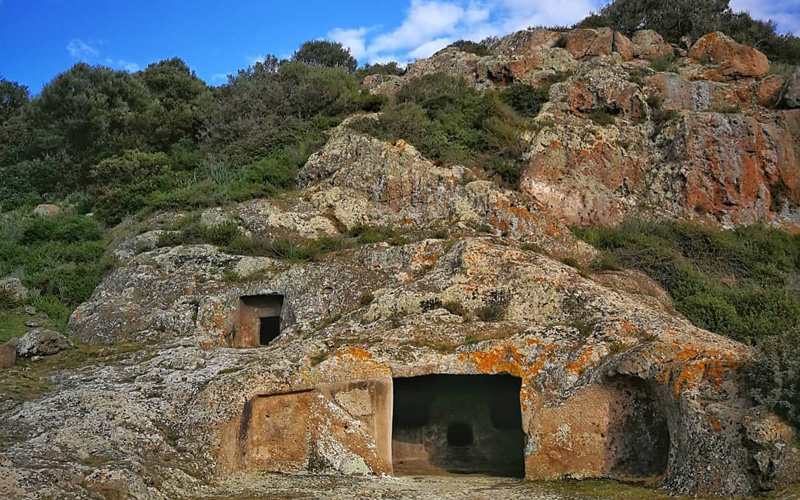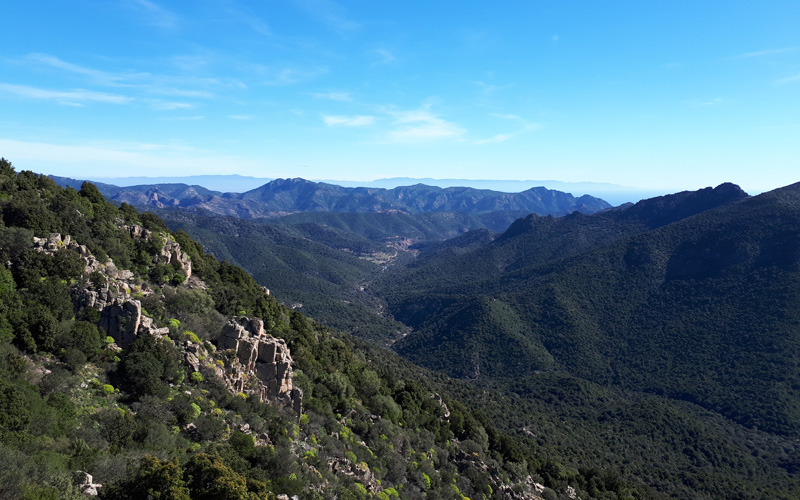If we Sardinians wanted to amaze you, we will do it without missing a beat, taking you to the sea, but we are sure that there is no other place in the world that can leave you incredulous like this: the Sound Garden dedicated to Pinuccio Sciola. Such as? you say, are there plants that make sounds? It could be! but here it’s not about plants! This is a garden of stones.
Puniccio Sciola to whom the museum is dedicated, was born in 1942 in San Sperate a small town about 20 km north of Cagliari. Here he learns the art of cutting stone according to his greatest teacher “Nature”. After graduating from the Art School of Cagliari, he attended the Art Magisterium of Porta Romana in Florence and the International Academy of Salzburg where he had the opportunity to follow the courses of Minguzzi, Kokoschka, Wotruba, Vedova and Marcuse. When he was still quiet young, he lived important experiences in the Iberian Peninsula, when he attended the University of Moncloa in Madrid. Upon returning to Italy, he began to be appreciated in his native country in the early 70s called “lime years”, when he transformed San Sperate, a country with a strong agricultural connotation, into a Museum Country with its first murals. Sardinia, not everyone knows, is the home of muralism in Italy. In 1973, after UNESCO’s invitation to Mexico City, he collaborated with David Alfaro Siqueiros, one of the founders of Mexican muralism. His works take part in various important exhibitions in many cities around the world, including the Venice Biennial Exibition (1976), the Rome Quadriennial Exibition (1986) and in various exposure in Belgium, Germany, Holland and Austria.
Those who live in Milan will surely have seen the nativity scene consisting of about thirty stone statues exhibited in Piazza degli Affari in December 1996. It is in these years that he discovers and uses a new characteristic of stone and a new sense with which to interact with the inorganic world of the rock. In addition to touch and sight, his works can now be heard. New cuts and new shapes, capable of vibrating and producing ever-changing sounds. Pinuccio notes that by using rocks of different origins they reveal different sounds and so the high-pitched sound that sedimentary rocks produce associates it with water, the medium in which these rocks are formed, while the more serious sound that rocks such as basalts, intrusive rocks, remember the fire. The Sound Garden, in San Sperate, collects many of these unique sculptures in the world, and allows not only to appreciate their particular shapes, but also to touch and listen to them. The visit to the Sound Garden is an incredible sensory experience. You have to get lost in the garden, stay in contact with the monoliths, touch them and make them play, because only in this way you will be reunited with the forces of nature, the only true teacher to whom we owe everything.
The museum can be visited on Friday, Saturday and Sunday from 10:00 to 19:00 and the entrances are staggered every half hour. We would like to know your impressions upon returning from the visit!





